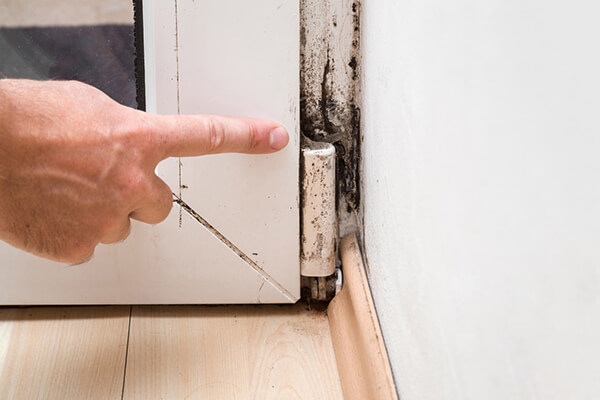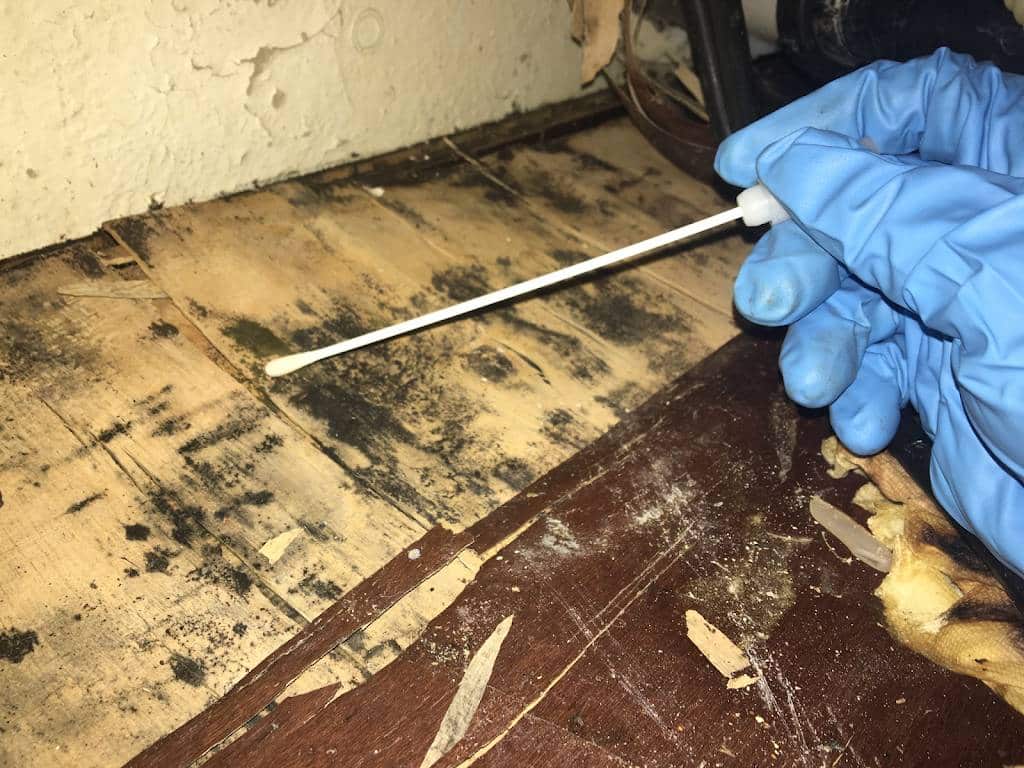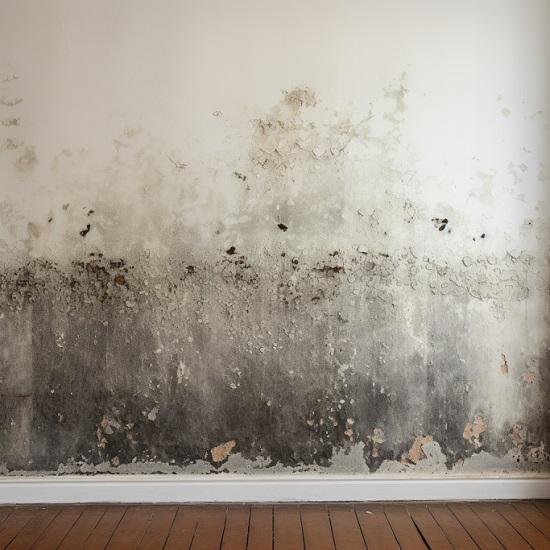Finding Post Remediation Inspection Near Me Solutions
Finding Post Remediation Inspection Near Me Solutions
Blog Article
Your Ultimate Guide to Article Mold And Mildew Remediation Techniques
Browsing the world of post-mold remediation techniques is a meticulous procedure that requires focus to information and a detailed understanding of the details involved. In the consequences of mold and mildew invasion, understanding how to efficiently remove the mold and avoid its reoccurrence is paramount for preserving a healthy interior atmosphere. From selecting the ideal cleaning and sanitizing approaches to executing techniques for long-lasting mold avoidance, each action in the remediation trip plays a critical role in making sure an effective result. As we start this exploration of post-mold remediation methods, we will certainly discover the key strategies and ideal practices that can assist you restore your room to its pre-mold condition and guard it versus future mold and mildew threats.
Recognizing Post-Mold Removal Process
After finishing the mold and mildew remediation procedure, it is essential to comprehend the post-mold removal strategies that are needed to ensure a effective and complete cleanup. As soon as the mold has actually been eliminated, the next step involves cleaning and sanitizing the influenced locations to stop any kind of regrowth of mold. This consists of making use of specialized cleaning agents to wipe down surfaces and eliminate any kind of continuing to be mold and mildew spores. It is important to dry the area entirely to discourage the development of mold and mildew in the future (After mold remediation). Correct ventilation and dehumidification can help in this process.
Moreover, carrying out a last assessment post-remediation is vital to guarantee that all mold has actually been effectively gotten rid of. If the examination reveals any type of sticking around mold and mildew, extra removal may be necessary.
Reliable Cleaning Up and Disinfecting Techniques

Protecting Against Future Mold Growth

Value of Proper Ventilation
Correct ventilation plays an essential function in stopping wetness buildup, an essential variable in mold and mildew development within interior atmospheres. Effective air flow systems help get rid of excess humidity from the air, lowering the chances of mold and mildew spores locating the wetness they need to sprout and spread out. Without sufficient ventilation, indoor rooms can come to be a reproduction ground for mold, resulting in possible health and wellness risks and structural damages.
By making certain appropriate air blood circulation, ventilation systems can additionally aid in drying wet areas faster after water damage or flooding events, better deterring mold growth. After mold remediation. Precede like restrooms, attic rooms, basements, and kitchens where moisture degrees have a tendency to be higher, mounting and preserving efficient air flow systems is critical in preventing mold invasions

Tracking and Maintenance Tips
Provided the essential function that correct ventilation plays in preventing mold and mildew development, it is vital to develop effective tracking and maintenance suggestions to make certain the continued functionality of ventilation systems. Regular assessments of air flow systems must be conducted to look for any type of indications of clogs, leaks, or malfunctions that could hinder proper airflow. Monitoring humidity levels within the residential or commercial property is additionally vital, as high humidity can add to mold and mildew growth. Mounting a hygrometer can help track humidity degrees and sharp house owners to any spikes that may call for focus. Furthermore, making sure that air filters are on a regular basis cleaned or changed is important for keeping the effectiveness of the air flow system. Executing a routine for regular upkeep tasks, such as air duct cleaning and HVAC system inspections, can assist prevent issues prior to they intensify. By staying positive and attentive to the condition of air flow systems, homeowner can effectively alleviate the risk of mold and mildew regrowth and keep a healthy and balanced interior atmosphere.
Final Thought
To conclude, post-mold removal techniques are important for ensuring a risk-free and tidy setting. Recognizing the procedure, carrying out efficient cleansing and decontaminating approaches, protecting against future mold development, preserving appropriate ventilation, and regular surveillance are all important action in the removal procedure. By following these guidelines, you can effectively eliminate mold and mildew and stop its return, advertising a healthy living or working area for all occupants.
In the aftermath of mold invasion, recognizing how to effectively get rid of the mold and mildew and avoid its reoccurrence is extremely important for keeping a healthy indoor atmosphere. When the mold and mildew has been eliminated, the following action includes cleaning and sanitizing the affected locations to prevent any kind of regrowth of mold and mildew - Post Mold remediation cleaning. After eliminating noticeable mold Post Mold Remediation and mildew development, it is important to cleanse all surface areas in the affected area to eliminate any staying mold and mildew spores. To better improve mold avoidance measures, it is necessary to attend to underlying problems that initially led to mold and mildew growth.Given the critical duty that correct ventilation plays in stopping mold and mildew development, it is crucial to develop reliable monitoring and maintenance pointers to ensure the ongoing capability of air flow systems
Report this page